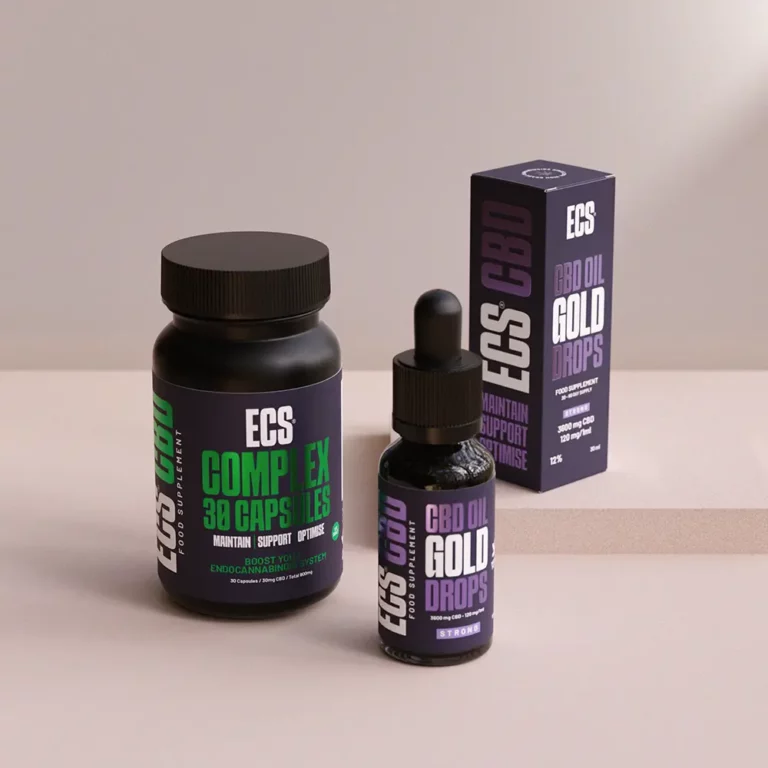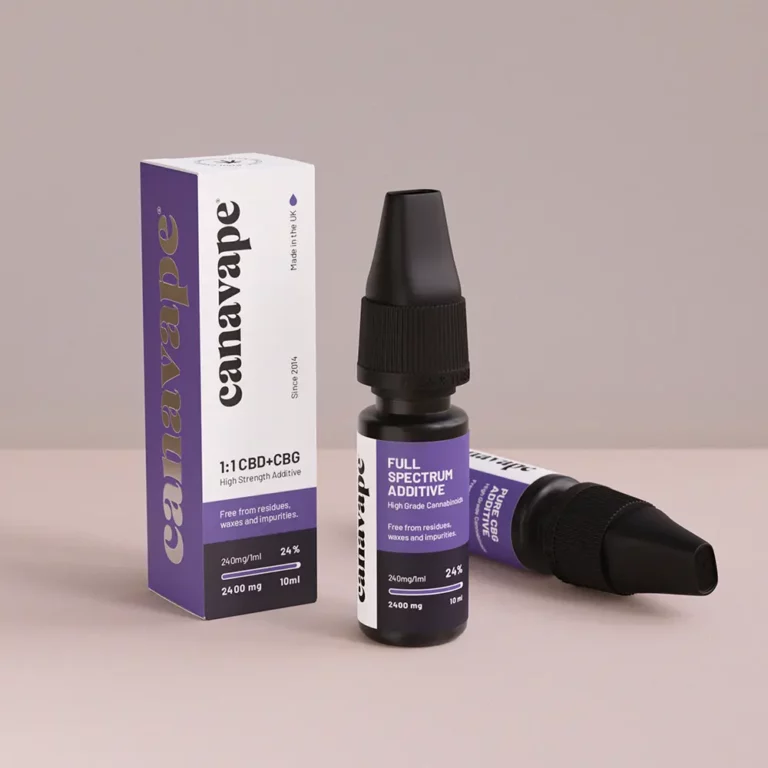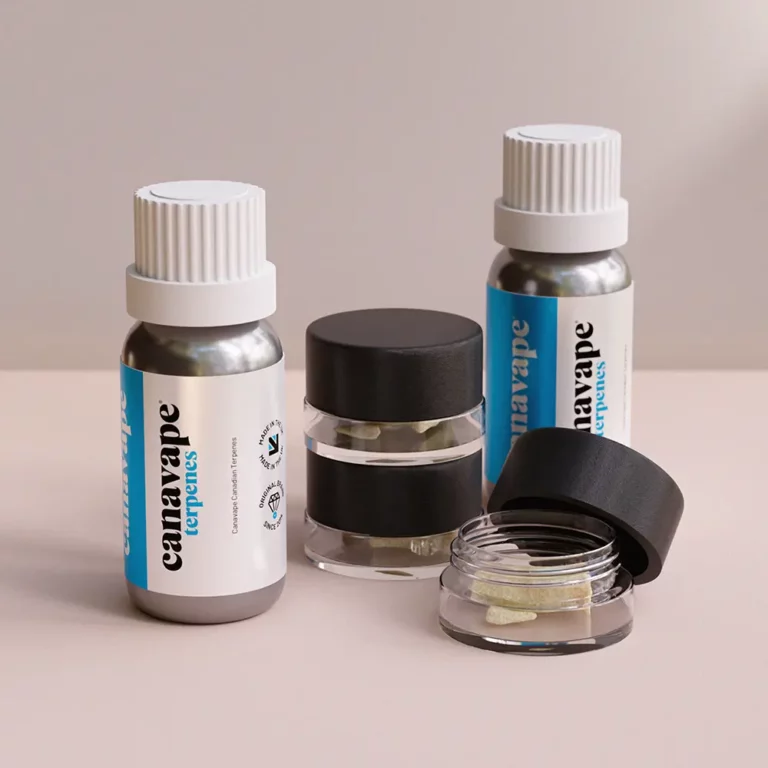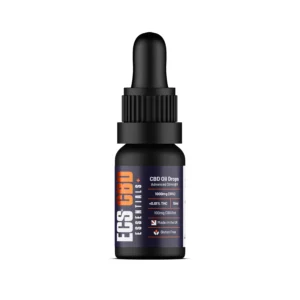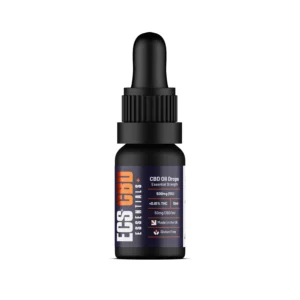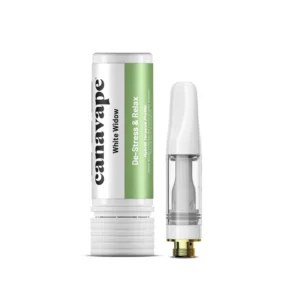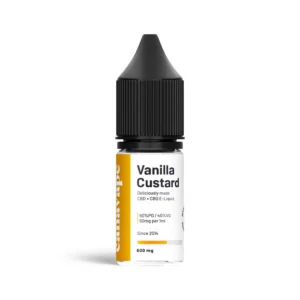Terpenes are aromatic compounds found in cannabis that contribute to its distinctive smell and taste. They are produced in the same glands as cannabinoids, such as THC and CBD, and play a crucial role in the overall effects of the plant. There are over 100 different terpenes found in cannabis, each with its own unique properties and potential benefits.
Some of the most common terpenes found in cannabis include myrcene, limonene, pinene, and linalool. Myrcene, for example, is known for its sedative effects and is often associated with the “couch-lock” feeling that some strains produce. Limonene, on the other hand, has a citrusy aroma and is believed to have mood-boosting and anti-anxiety properties.
Terpenes not only contribute to the flavor and aroma of cannabis but also interact with cannabinoids to produce a range of effects. This phenomenon, known as the entourage effect, suggests that terpenes and cannabinoids work synergistically to enhance the therapeutic benefits of the plant.
Research has shown that terpenes may have a variety of potential health benefits, including anti-inflammatory, anti-anxiety, and pain-relieving properties. Some terpenes may also have antimicrobial and antioxidant effects, making them potentially valuable in the treatment of various medical conditions.
In addition to their therapeutic potential, terpenes are also being studied for their role in modulating the psychoactive effects of THC. Some terpenes are believed to counteract the negative side effects of THC, such as anxiety and paranoia, while others may enhance its euphoric effects.
Overall, terpenes are a fascinating and complex aspect of cannabis that contribute to its diverse effects and potential therapeutic benefits. By understanding the role of terpenes in cannabis, consumers can make more informed choices about the strains they use and the effects they are seeking.


